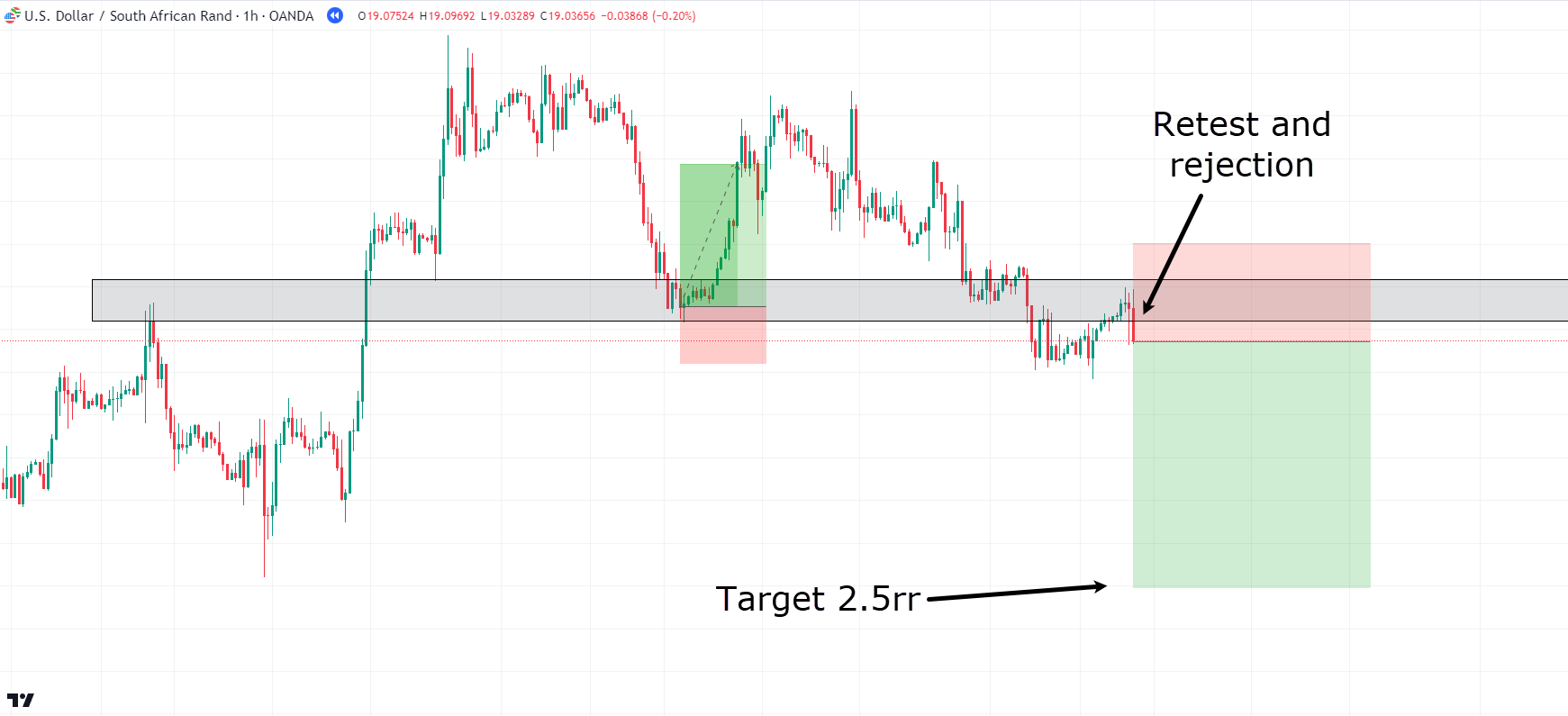Okay, so I was messing around with this thing called “atrasen,” and let me tell you, it was a bit of a rollercoaster. I’m not gonna lie, I stumbled a few times, but hey, that’s how we learn, right?

First, I grabbed the atrasen code. I found their stuff and downloaded it. Pretty straightforward so far.
Getting Started
Then came the fun part – setting it up. I followed their instructions, which, thankfully, were decent. I had to install some dependencies – you know, the usual stuff you need to make things work. Nothing too crazy there.
- I made sure I had Python installed, because, well, it’s Python.
- Then,I ran pip install to get all the required packages.
After that, I tried running the basic example they provided. And… it crashed. Classic, right? Turns out I missed a small step in the configuration. A quick fix, and we were back in business.
My Experiment
So, what did I actually do with atrasen? Well, I decided to use my practice data. I fed the data into atrasen, and tweaked some of the parameters to see what would happen.
It took a while to process,I am not gonna lie. But finally, I got some results! And were they perfect? Nope. But did I learn something? Absolutely!

Final Thoughts
Atrasen is pretty cool. It’s not magic, and it definitely requires some fiddling, but it’s a powerful tool. I plan to keep messing with it and see what else I can do. Maybe I’ll even write an update once I get better at this. Stay tuned!
